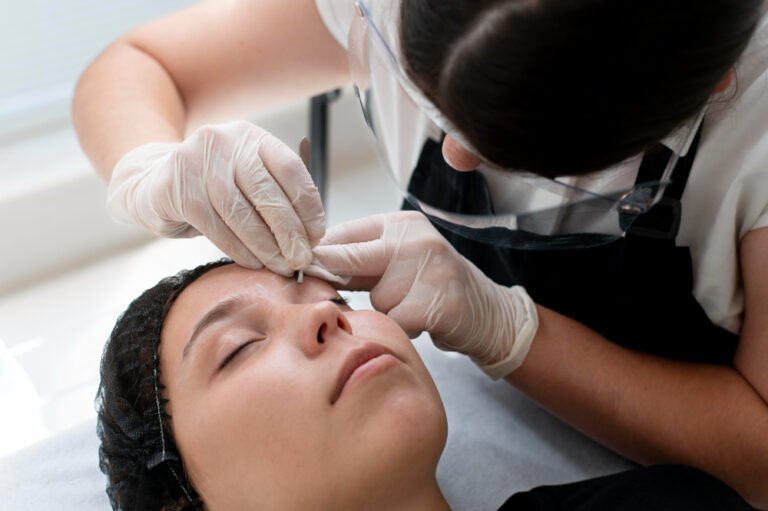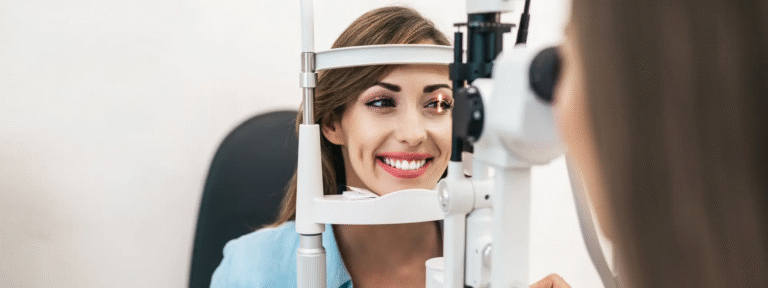Step 1: Research and Choose the Right Destination and Clinic
- Identify countries popular for penile enlargement surgery: Countries like Thailand, Mexico, Turkey, South Korea, and India are known for medical tourism with reputable clinics.
- Check clinic credentials: Verify the clinic’s certifications, surgeon’s qualifications, and patient reviews.
- Compare costs: Understand what the surgery package includes—consultation, surgery, anesthesia, post-op care, accommodation, and transport.
- Consider language and communication: Make sure you can communicate clearly with the medical team.
- Look into legal and safety standards: Check if the country and clinic follow international health regulations.
Step 2: Initial Consultation (Usually Online)
- Schedule an online consultation: Discuss your medical history, expectations, and available surgical options with the surgeon.
- Ask about risks and benefits: Understand possible complications and recovery timelines.
- Receive a personalized treatment plan: Including recommended procedures and cost estimates.
- Clarify what’s included: Ask about pre-op tests, follow-up care, and whether the package covers complications or revisions.
Step 3: Plan Your Trip and Budget
- Set a budget: Include surgery costs, travel, accommodation, meals, local transport, and a contingency fund for unexpected expenses.
- Book flights and accommodation: Choose a place close to the clinic to ease transportation and post-op recovery.
- Check visa requirements: Depending on your nationality and destination, apply for the appropriate medical visa or tourist visa.
- Purchase travel insurance: Preferably one that covers medical tourism and possible complications.
Step 4: Pre-Travel Preparation
- Get a pre-op medical checkup: Complete any required blood tests, ECG, or other health evaluations your surgeon requested.
- Arrange for documents: Have copies of your medical history, prescriptions, and consultation reports ready.
- Prepare your travel essentials: Pack comfortable clothes, medications, wound care supplies, and any items recommended by your doctor.
- Arrange for someone to accompany you: Having a travel companion or local caretaker can help during the recovery phase.
Step 5: Arrival and Pre-Surgery Procedures
- Arrival at the destination: Allow at least a day or two before surgery to rest and acclimate.
- Meet the medical team: Have an in-person consultation to finalize the surgical plan and discuss any last-minute questions.
- Pre-surgery tests: Complete any additional lab work or imaging studies if required.
- Follow pre-op instructions: This may include fasting, avoiding certain medications, or hygiene protocols.
Step 6: Undergoing the Surgery
- Surgery day: Arrive at the clinic/hospital on time, and follow the medical staff’s instructions.
- Anesthesia administration: Usually general or local anesthesia depending on the procedure.
- Surgical procedure: The surgeon performs the penile enlargement surgery, which may involve ligament release, fat grafting, dermal grafts, or implants.
- Post-op monitoring: After surgery, you’ll be monitored for a few hours to ensure vital signs are stable.
Step 7: Post-Operative Care and Recovery
- Stay in the destination: Plan to stay for several days or weeks as advised for follow-up and recovery.
- Follow care instructions: Proper wound care, hygiene, medications (antibiotics, pain relief), and activity restrictions.
- Attend follow-up visits: For suture removal, monitoring healing, and addressing any complications.
- Avoid strenuous activities and sexual intercourse: Usually for 4-6 weeks depending on your surgeon’s advice.
Step 8: Preparing to Return Home
- Obtain medical reports: Get a complete summary of your surgery, post-op care instructions, and emergency contact info.
- Discuss signs of complications: Know when to seek urgent care either abroad or after returning home.
- Plan gradual resumption of activities: Follow your surgeon’s advice on exercise, work, and sexual activity.
- Arrange follow-up care locally: Have a urologist or trusted physician in your home country for ongoing checkups.
Step 9: Aftercare and Long-Term Monitoring
- Maintain good hygiene: To prevent infections.
- Watch for complications: Such as swelling, pain, infection, or unusual symptoms.
- Attend all follow-ups: Some surgeons offer telemedicine consultations for long-distance patients.
- Lifestyle adjustments: Healthy diet, avoiding smoking, and managing weight can aid healing and maintain results.




